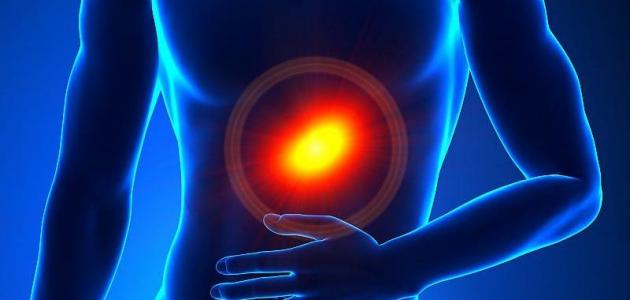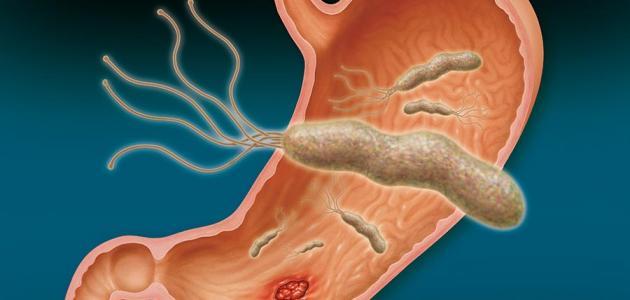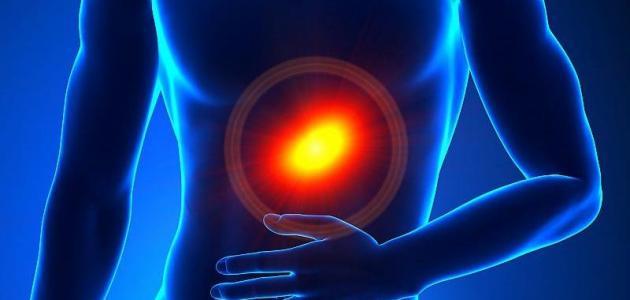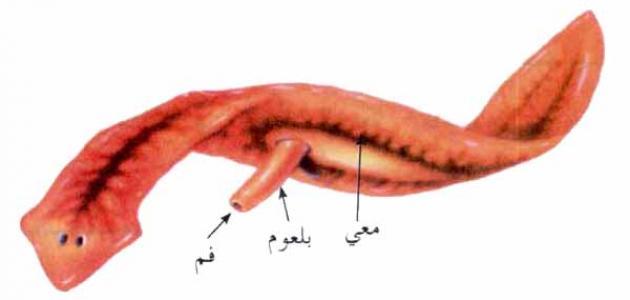hernia
Hernia is a common health problem, and it is represented by the protrusion of a part of the body through the muscle or tissue layer surrounding it, and although hernias are more common in the abdominal region, hernias can occur in multiple places in the body. , And some types of hernias disappear when lying down, and appear more clearly when coughing, and it is worth noting that the hernia does not go away on its own, and although many types of hernias do not cause pain or discomfort, but leaving them without treatment may lead to some health complications. Serious, and some cases may need to do surgery to correct the location of the hernia.
The mechanism of hernia development
Hernia develops as a result of a number of different factors, the most important of which is muscle weakness, increased effort or pressure on a specific area of the body, and according to these factors, a hernia may develop during a short period of time, or over a long period of time, and among the factors that may increase muscle weakness; Damage to one of the parts of the muscles as a result of exposure to an injury or surgery, chronic cough, advancing age, or it may be a result of a congenital malformation that causes the abdominal wall to not completely close in the fetus while it is in its mother’s womb, and the following is a list of some of the factors that It may lead to a hernia as a result of the increased effort applied to the body, especially if it is accompanied by a weakness in the muscles:
Read also:Symptoms of stomach and colon bacteria- Carrying heavy weights.
- Constipation.
- Sudden increase in body weight.
- Ascites, or a buildup of fluid in the abdomen.
- Chronic sneezing or coughing.
- Increased pressure on the abdominal area as a result of pregnancy in women.
Types of hernia
There are many different types of hernia, which may occur in many places of the body, and the following is a statement of some types of hernia:
- Inguinal hernia: It is also called inguinal hernia (in English: Inguinal hernia), and it is one of the most common types of hernia; It accounts for approximately 70% of all types of hernias, and this type of hernia appears in the groin or upper thigh, and it occurs as a result of the exit of part of the fatty tissue or intestines through the inguinal canal or through one of the lower abdomen areas, This type of hernia affects men at a higher rate than women, especially when they are advanced in age, or the abdominal area is subjected to frequent stress.
- Femoral hernia: (in English: Femoral hernias) This type of hernia is very similar to the inguinal hernia, but in this case, part of the intestine or fatty tissue exits from the upper inner region of the thigh, and unlike inguinal hernia, this type of hernia is more common in women.
- Hiatal hernia: (in English: Hiatal hernia) This type of hernia occurs as a result of the exit of part of the stomach through the diaphragm, which is a muscular organ that separates the chest area from the abdominal area, and helps to carry out the natural breathing process, and the cause of this type of hernia is due to Weakness of the muscles of the diaphragm as a result of increased pressure in the abdominal region, or due to a congenital deformity, and infection with this type of hernia is more common in people over the age of 50, and often causes gastroesophageal reflux (in English: Gastroesophageal reflux), which leads to feeling heartburn
- Umbilical hernia: (in English: Umbilical hernia) Although this type of hernia can affect people of all age groups, most cases appear in newborns, and it occurs as a result of the exit of part of the intestine or fatty tissue through the abdominal wall in the area around the navel as a result of lack of It closes completely after birth. As for adults, it occurs as a result of exposure to pressure and effort in this region. Unlike other types of hernias, the umbilical hernia that affects newborns is the only hernia that disappears in most cases within a period not exceeding a year on its own without The need for treatment, but in the event that the age of the child exceeds one year and the hernia does not disappear, it is worth seeing the doctor, and this type of hernia is often noticed while the child is crying.
- Incisional hernia: (In English: Incisional hernia) This type of hernia occurs in the abdomen, specifically in the scar area resulting from surgery, or in the surrounding area as a result of the protrusion of part of the intestine due to weak tissue in this area.
- Muscle hernia: (in English: Muscle hernia) This type of hernia may lead to the exit of part of the muscle through the tissue in the abdomen or leg area as a result of exposure to an injury during a type of exercise.
- Epigastric hernia: (English: Epigastric hernias) It is a hernia that occurs as a result of part of the fatty tissue in the abdomen leaving the area between the navel and the sternum.
Hernia symptoms
The following are some of the general symptoms that may appear on a hernia sufferer:
- Noticing a clear protrusion or swelling in the hernia area, especially while standing, bending, or coughing.
- Feeling of pain or discomfort in the area affected by the hernia.
- Feeling of heaviness or pressure in the hernia area









